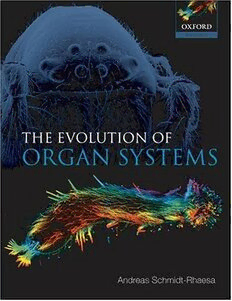
The Evolution of Organ Systems PDF
396 Pages·2007·15.051 MB·English
Most books are stored in the elastic cloud where traffic is expensive. For this reason, we have a limit on daily download.
Preview The Evolution of Organ Systems
Description:
Systematics has developed rapidly during the past two decades. A multitude of new methods and contributions from a diversity of biological fields including molecular genetics and developmental biology have provided a wealth of phylogenetic hypotheses, some confirming traditional views others contradicting them. Despite such inconsistencies, it is now possible to recognize robust regions of a 'tree of life' and also to identify problematic areas which have yet to be resolved. This is the first book to apply the current state of phylogeny to an evolutionary interpretation of animal organ systems and body architecture, providing alternative theories in those cases of continuing controversy.Organs do not appear suddenly during evolution; instead they are composed of far simpler structures. In some cases it is even possible to trace particular molecules or physiological pathways as far back as pre-animal history. What emerges is a fascinating picture, showing how animals have combined ancestral and new elements in novel ways to form constantly changing responses to environmental requirements.The Evolution of Organ Systems starts with a general overview of current animal phylogeny, followed by review of general body organization including symmetry, anteroposterior axis, dorsoventral axis, germ layers, segmentation, and skeletons. Subsequent chapters then provide a detailed description of the individual organ systems themselves - integument, musculature, nervous system, sensory organs, body cavities, excretory system, circulatory system, respiratory system, intestinal system, gonads and gametes. Generously illustrated throughout, this accessible text is suitable for both upper level undergraduate and graduate students taking courses in animal evolution, organogenesis, animal anatomy, zoology and systematics. It will also be a valuable reference tool for those professional researchers in these fields requiring an authoritative, balanced and up-to-date overview of the topic.
See more
The list of books you might like
Most books are stored in the elastic cloud where traffic is expensive. For this reason, we have a limit on daily download.
